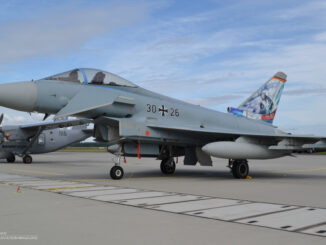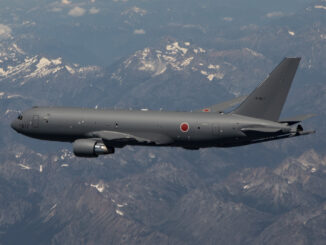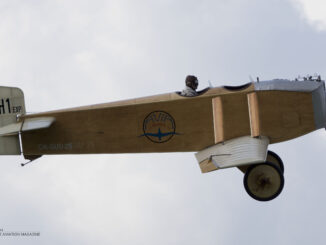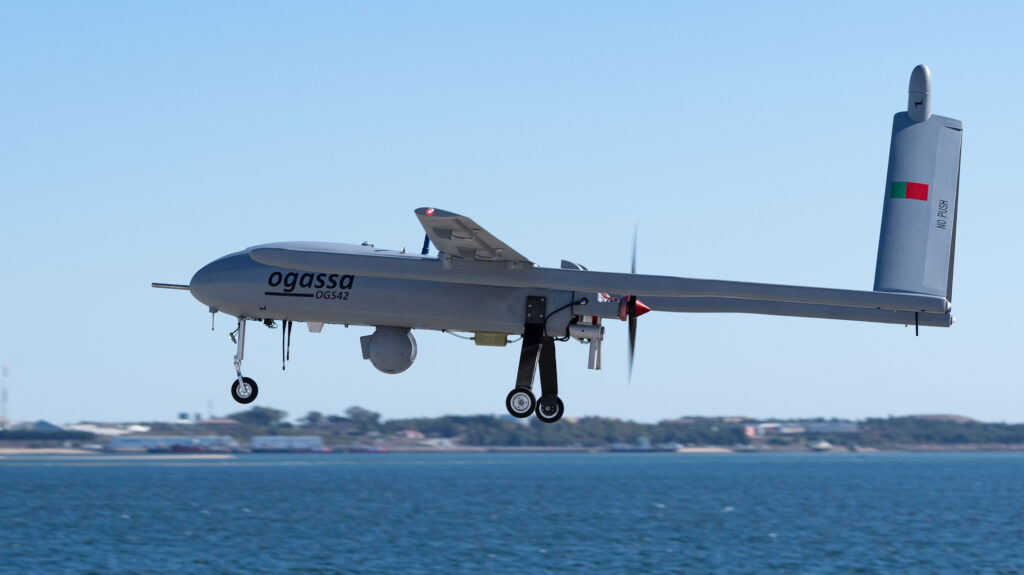 Last month, two interesting NATO exercises were held at Maritime Operational Experimentation Centre near Troia, Portugal. Both were focused on testing maritime uncrewed systems and increasing their interoperability within the Allied forces.
Last month, two interesting NATO exercises were held at Maritime Operational Experimentation Centre near Troia, Portugal. Both were focused on testing maritime uncrewed systems and increasing their interoperability within the Allied forces.
The first of those exercises – Robotic Experimentation and Prototyping with Maritime Unmanned Systems 2022 – was organized between 12th and 25th September. It was focused on testing and training, with the main goal to integrate new technologies in the maritime domain.
Dynamic Messenger 2022 exercise started right afterwards and lasted until 30th September. This time the emphasis was placed on increase the Alliance ability to employ current and future technologies, as well as to develop new ways to increase technological advantage of the NATO. It was the first NATO operational experimentation focused on the unmanned maritime systems, conducted to support NATO Maritime Uncrewed Systems Initiative (MUSI).
Both initiatives involved more than eighteen ships, forty eight unmanned vehicles and 1,500 personnel from sixteen NATO countries. The trainings were organized and directly supervised by Allied Maritime Command (MARCOM).

The first iteration of Dynamic Messenger exercise allowed for bringing together the military personnel of the participating countries, as well as defence industry and academia, to evaluate capability of the maritime uncrewed assets in modern warfare.
During the exercise, the unmanned systems were used to operate underwater, on the surface and in the air. Several scenarios were created to test their interoperability, including harbour and force protection, amphibious operations, as well as anti-submarine warfare and naval mine warfare.
A Portuguese-made uncrewed air system OGASSA OGS42 was one of the vehicles tested during both of the exercises. The aircraft, developed by UAVision company from Ventosa, is specially designed for long endurance maritime operations.
Among features of the OGS42 there are flight endurance up to ten hours, 8,000 feet service ceiling and capability of mounting different types of payloads and gimbals. The aircraft can be used for border patrol missions, maritime surveillance, search and rescue or vessel tracking tasks.
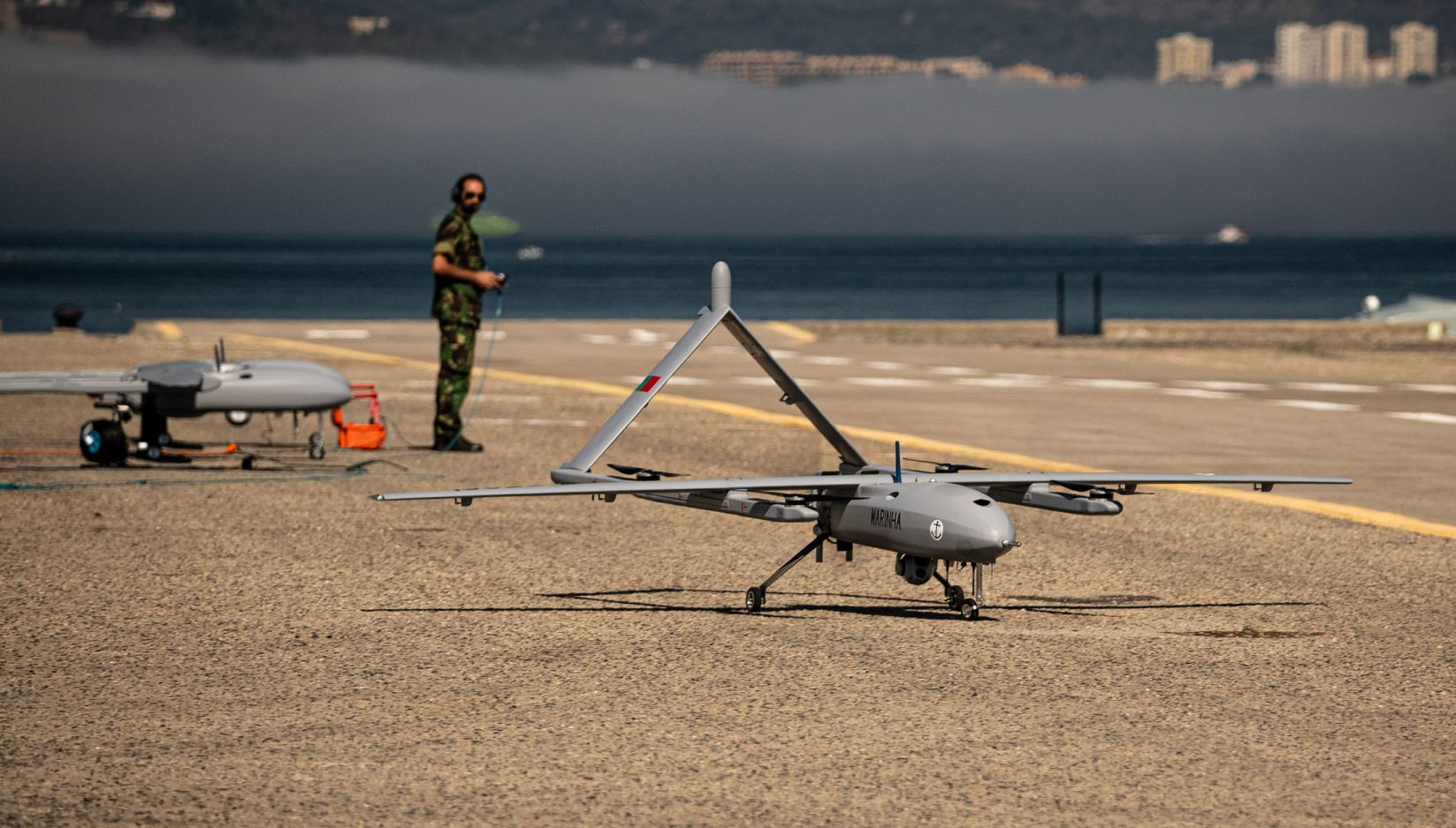
Cover photo: OGASSA OGS42 during Dynamic Messenger 2022 exercise. All photos © NATO/MARCOM. Information from the NATO press materials were used.

